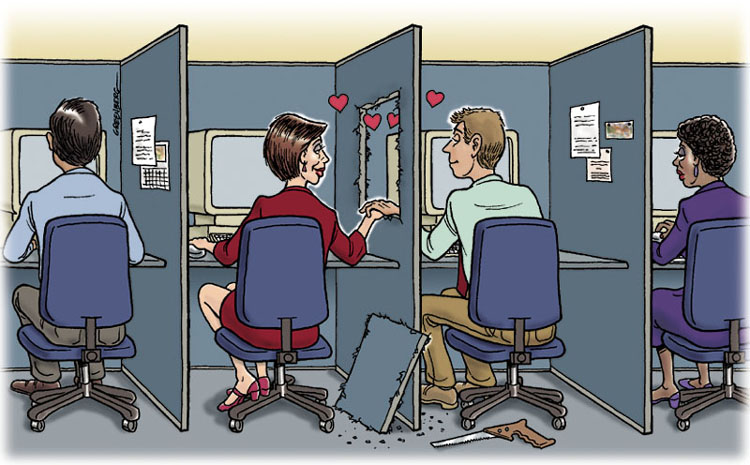Already the restaurant visit in the domestic city center, but above all the vacation in the well-known international tourist centers raises again and again the question, how much tip is appropriate for the waiter, the taxi driver and the hotel staff .
Of course there are no fixed rules, but especially abroad it can be helpful to know the respective customs, so that you do not run into a fool, because you did not tip well or tip is frowned upon. That’s why there is an overview here.
1 France
For tax reasons, the bills from cafes and restaurants already include a service fee of 15%. Those who were particularly satisfied with the service can leave a “pourboire” – a few coins on the plate on which the bill was billed. For taxi trips is usually rounded up.
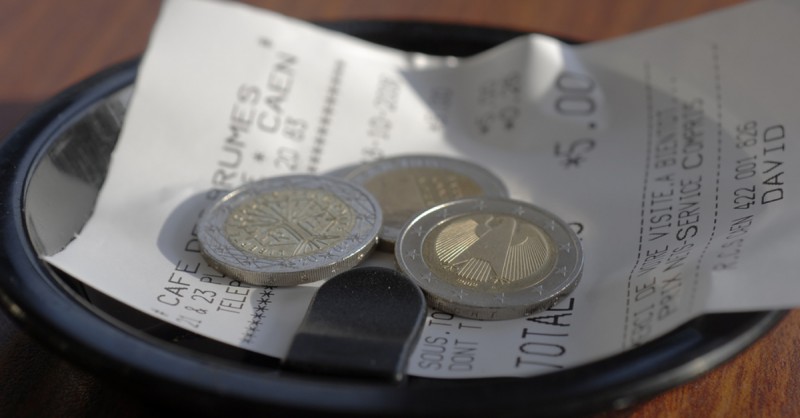
2 Japan
In the land of the rising sun, tipping is not part of the cultural tradition. Apart from the fact that it is not expected, it at least causes irritation and in the worst case can even be considered an insult! As in South Korea, good service is a matter of course.

3 USA
Although around 1900 an “anti-tipping society” was founded and there were even laws against tipping in some states, the “tips” are now a cultural norm, not least because of the low wages of the service staff. Who does not tip, is considered a miser.
In most countries, tipping is considered a token of commendation. In the United States, on the other hand, it is seen as an unequivocal expression of dissatisfaction with the poor service of not tipping. Accordingly, 15-20% are usual in restaurants, and taxi drivers also expect at least 10%. Even for the porter and the maid in the hotel you should always have a dollar ready.

4 Singapore
Tipping is an insult here and can even be construed as a bribe attempt with legal consequences! Instead, bars and restaurants usually charge a 10% service charge, but add a 7% VAT rate, which increases the actual bill by 17.7%. The service staff usually do not benefit from this price increase.
Since no tip is given in general, also taxi drivers misinterpret given tip and give the exact change unmoved.
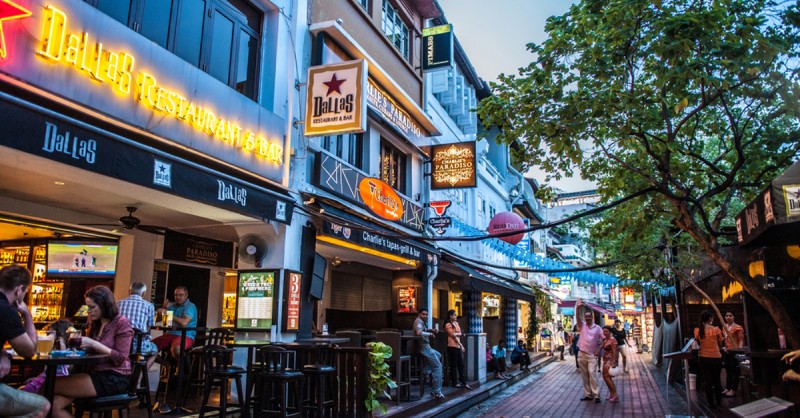
5 Russia
Before the October Revolution of 1917, tipping – meaning in Russian as “for tea” – was very common. Of course, in the Soviet Union this changed, which has continued after its collapse until today. For older Russians who have grown up in the Soviet Union and in rural areas, tipping may be considered insulting or irritating.
However, the tip since the turn of the millennium is gradually comeback. In the big cities like Moscow and St. Petersburg 10% tip in upscale restaurants are normal, in smaller restaurants is sometimes the change, so the coin amounts, left. For taxi trips the tip is omitted, since the price for the ride is often negotiated beforehand.

6 Australia
In Down Under no tips are expected, let alone demanded. This is not least due to the fact that the government pays attention to a sufficient minimum wage and even adapts it regularly. In Australian casinos, tipping is even considered a bribe.
Porters, maids and taxi drivers receive accordingly none. Only if you were impressed by the service, you can in restaurants 10% tip. Meanwhile, in Australia, however, the worry that tipping is increasingly becoming the rule.
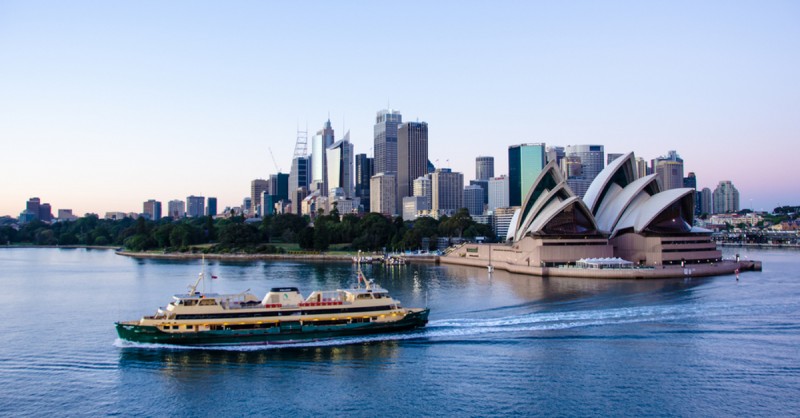
7 Italy
In the catering tips are rather uncommon, as already with the “coperto” a service charge for place and bread is raised. As an expression of satisfaction, the change can be left on the table or in special piggy banks at the counter. The same applies to taxi rides, where the total amount is rounded up accordingly.
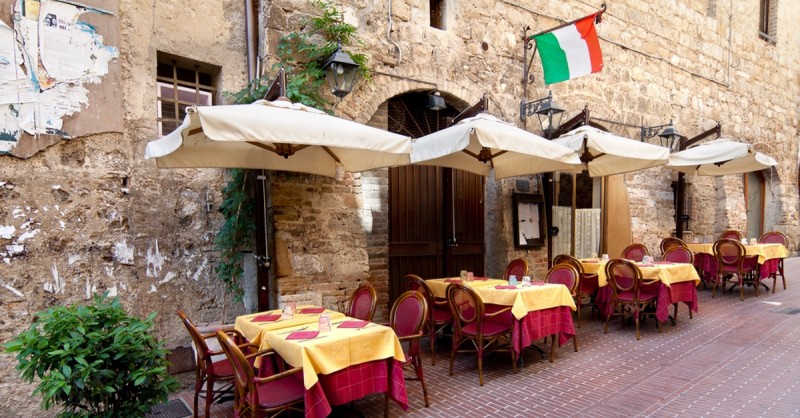
8 China
In the Middle Kingdom, tipping has no tradition, which is not least connected with the prevailing political world view for decades. At least in the big cities, where many foreign tourists travel, hotels and restaurants are now tipping at the usual 10% in order to meet the habits of the visitors. Beyond the megacity, tipping is still uncommon.
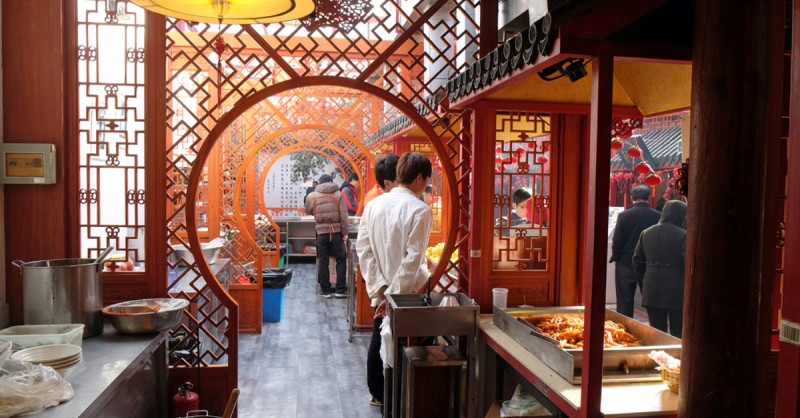
9 Great Britain
In restaurants tips of 10-15% are common, whereby the “tips” can be lower for a service fee already charged. In pubs will not tip, but instead maintained the good old tradition of giving the bartender a drink. To leave money on the table or counter is considered rude.

10 Scandinavia
In Scandinavian countries tips are uncommon and are not expected, especially in Finland and Iceland. Sometimes the bills in Denmark and Norway already include a service charge. If anything, tipping is given in the restaurant as a definite appreciation of the service by notably rounding up the bill.
All this also applies to Sweden, but it should be noted that there is preferably paid by card and tips are taxed, which is why the waiters often benefit little. Only with cash tip, there is the possibility that this goes directly to the waiter via the restaurant owner and the tax office.
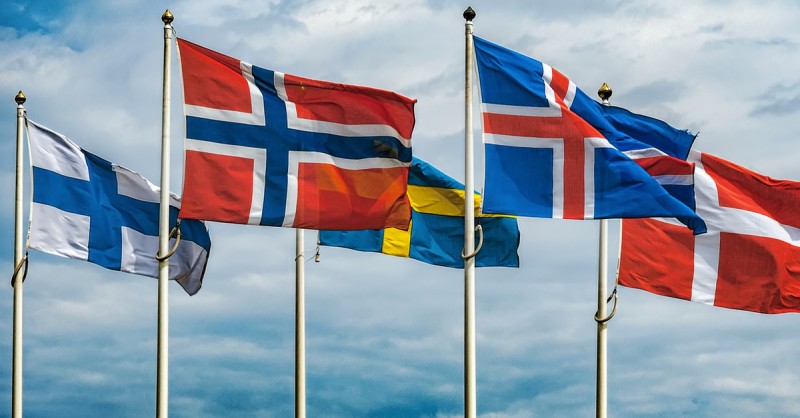
Tipping is handled differently around the world. While it is a good thing in the US to show generosity, Singapore would be extremely unpopular. With this knowledge one should be well prepared for the next world trip.




